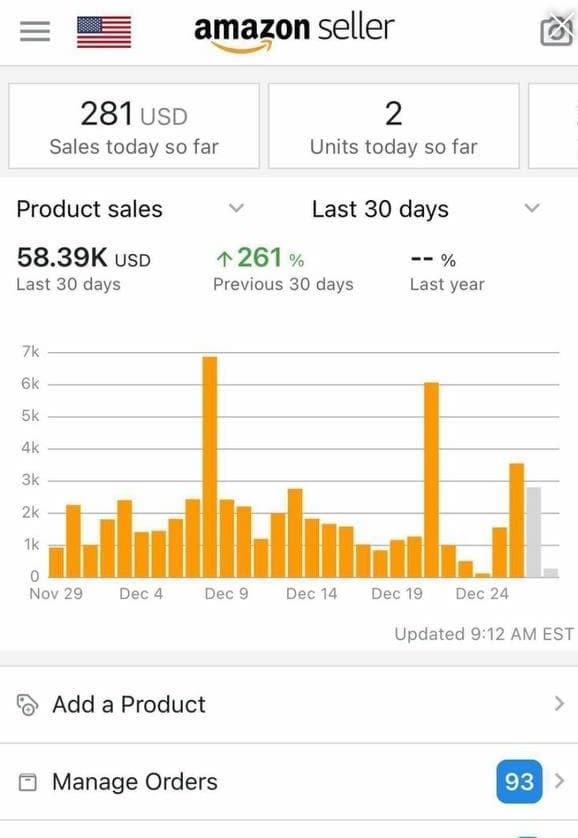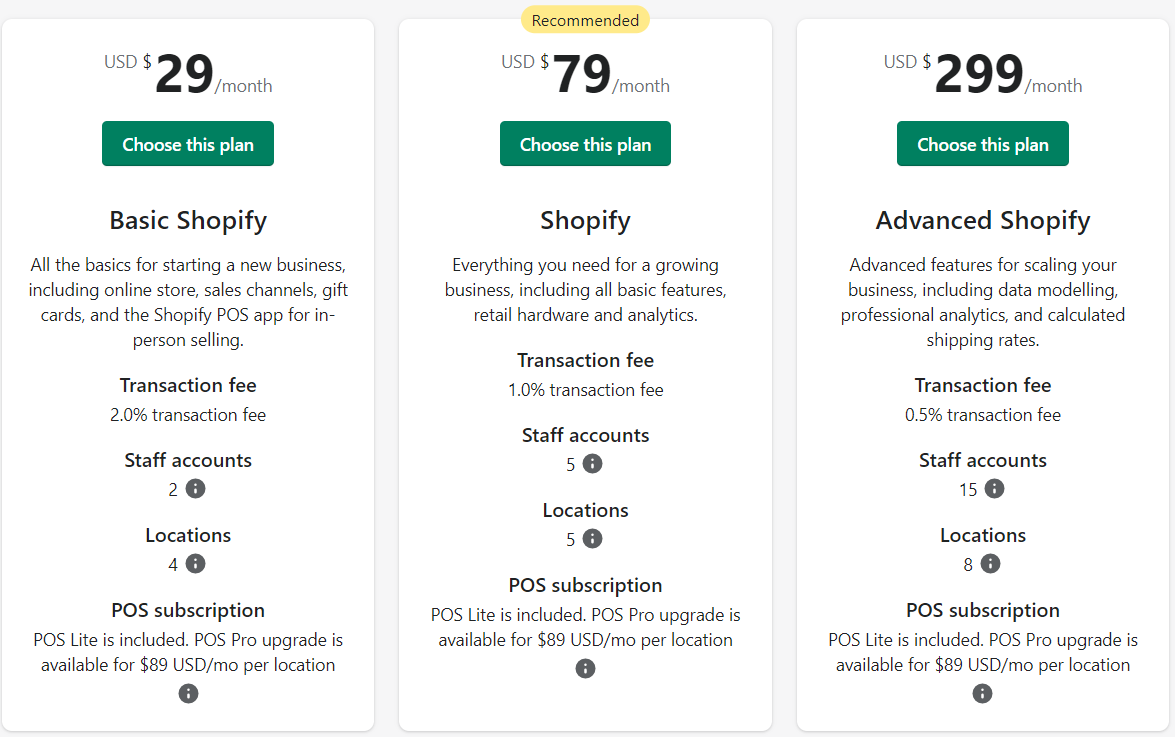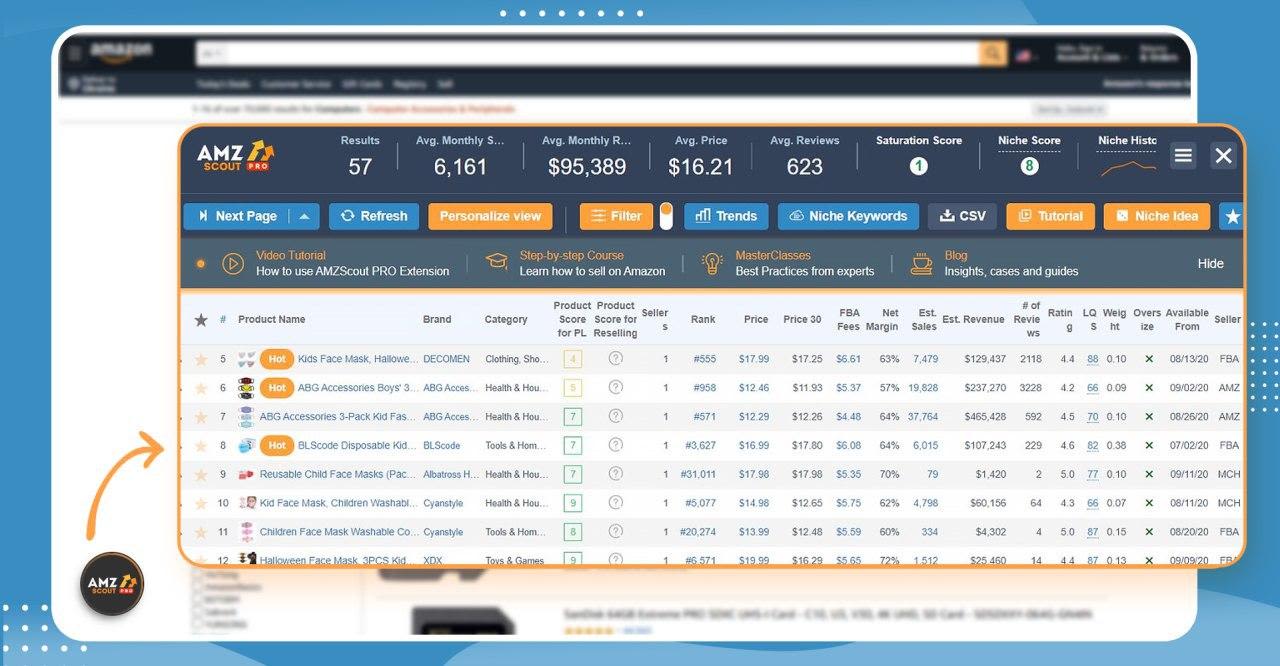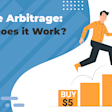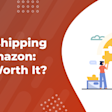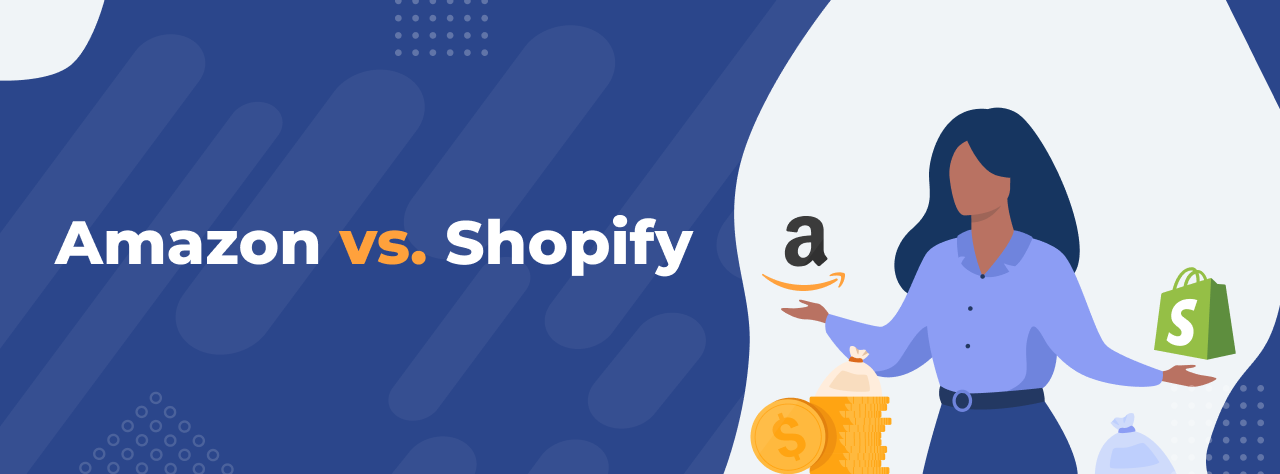
Shopify vs Amazon: Which One Should You Choose?
As a successful eCommerce seller, I get asked a lot about Shopify vs Amazon. Everyone wants to know which one they should use to sell products online.
For me personally, I’ve built a seven-figure a year business selling on Amazon, but I’m familiar with both platforms. So, I’m going to do a thorough comparison and let you decide which one is right for you.
Reco’s US account turns over $50,000 a month.
Are you still thinking about Shopify vs Amazon FBA? Keep reading to learn everything you need to know.
Table of contents
What’s the Difference Between Amazon and Shopify?
While both platforms let you sell products online they’re actually quite different.
Selling on Amazon: It’s exactly like it sounds. You’re selling your products on Amazon’s marketplace. You get to take advantage of their massive customer base, as well as the trust and recognition they’ve built up with consumers over the years. Everything is already set up for you, so you just need to sign up and list your products.
Selling on Shopify: When you use Shopify you’re selling on your own website. They give you the tools you need to list products and set up a checkout system, but it’s up to you to perform tasks like driving traffic, collecting payments through systems like PayPal, and coming up with your own catalog number system.
When it comes to Amazon vs Shopify the biggest difference is the ownership of the traffic. With Shopify, you essentially own the customer for life. You can build an extremely loyal customer base off of the service/products you provide. With Amazon that traffic is generalized and Amazon tends to be the lucky recipient since they own the platform and the traffic.
The Pros and Cons of Selling on Each Platform
There’s no perfect eCommerce solution. Whatever option you choose is going to have pluses and minuses. With that said, let’s run through both Shopify and Amazon and go over their pros and cons.
Shopify
PROS:
You Own the Traffic: When people arrive at your site they came there because of you. They’re your customers. And if they buy something from you they’ll tell people they bought it from your store, not Amazon. This makes it much easier to build your brand and grow your following.
Adjust Your Prices According to Perceived Value: Since you’re the only one selling on your site you don’t need to worry about other people stealing the buy box from you. Instead of getting into price wars with other sellers, you can price your products based on what you feel they’re worth.
Sell Products that Amazon Won't Allow: There are some items that Amazon won’t let you sell, and depending on what category you sell in you might need to get approval. But when you sell on your own site you can sell whatever you like without having to seek Amazon’s permission.
You Can Design Your Own Website to Fit Your Personal Style: Using your own custom website means you can create a unique space that reflects your personality. This is another way to build your brand and make your store recognizable. When you sell on Amazon you’re stuck with their design, which makes it hard to set yourself apart.
Use Amazon or Shopify Warehouses as a Fulfilment Point: Even if you’re not selling on Amazon you can still use the FBA program to fulfill your orders. Shopify also has a fulfillment network that makes it easy to store your inventory and send orders to customers.
CONS:
It Requires Expert Marketing Skills: Driving traffic to your site is completely up to you. That means you need to know how to use PPC ads, social media, and other tactics in order to get people to come to your site. And even then, if your business is brand new it could take a while before you have enough traffic to start generating sales.
You HAVE to be Creative When Building Out a Long-Term Brand Strategy: There are millions of other online retail stores out there. Why should people choose you over all the others? You need to come up with a creative strategy to help your store stand out and acquire customers.
Way More Expensive to Advertise: Because you’re not benefiting from Amazon’s traffic you need to spend a lot more on advertising. If you’re a new business with no customers it’s going to take a lot of money to spread the word about your products.
Amazon
PROS:
Unlimited FREE Traffic: The great thing about selling on Amazon is you’re already located where most people shop online. They get tons of traffic, more than eBay and Etsy combined. Even without paying anything for advertising your listings are still bound to get found by a good number of people. This means you’ll spend a lot less on promotion.
Amazon FBA is Second to None: The Fulfillment by Amazon program makes being an eCommerce seller easy. It’s essentially just like dropshipping. You just send them all your inventory and they take care of the rest. They’ll store your products in their warehouses and whenever someone buys something from you they’ll dropship it for you.
They Essentially Do the Marketing for You: Amazon spends billions of dollars every year on marketing and advertising. And if you sell on their marketplace you get to benefit from that. This means you can spend less time on marketing and more time growing your business.
With FBA they Handle Everything for You Including Customer Service: When you use FBA, you’re essentially giving Amazon control over your order fulfillment. That means if there are any issues with shipping or items not arriving on time that’s on them and their customer service team will handle that for you.
CONS:
FBA Fees are High: The FBA program is awesome, but it’s not free. You’ll pay monthly storage fees while your products sit on their shelves. And every time you sell an item you’ll also have to pay them a fulfillment fee. These add up and cut into your profit margins. You can opt for the Fulfilled by Merchant program, but that’s a lot more work.
Amazon Owns the Traffic: You don’t own your Amazon account, they do. And they can decide to take it away from you at any time, which in turn means you’ll no longer have any traffic or customers. Remember, people don’t go to Amazon to buy from you. They go there to buy from Amazon. This makes it a lot harder to build your brand.
Metrics are Everything and Suspensions are Commonplace: Maintaining strong performance metrics is key to being successful. If your order defect rate, pre-fulfillment cancel rate, and late shipment rate become too high you could get suspended, leaving you without a place to sell.
Which Platform is More Profitable?
If we’re going to compare profits then we need to start by discussing monthly costs:
The most basic Shopify plan costs $29 a month. On top of that, they’ll also take 2.9% + 30¢ per transaction.
With Amazon, you’ll have a lot more fees. A Professional Seller account costs $39 per month, and for every sale you’ll be charged a referral fee that ranges from 8% - 15%. And if you use the FBA program there are storage and fulfillment fees on top of that. The bigger and heavier your products the more FBA fees you’ll have to pay.
However, when it comes to marketing Amazon has a big advantage. If you’re selling on Shopify you’ll likely need to spend hundreds of dollars on ads (at least) every month in order to drive enough traffic to your site.
On Amazon, you get free traffic. You can pay for Amazon ads to boost traffic if you like, but even if you decide to promote your products you won’t have to spend nearly as much as Shopify sellers.
Then you have total sales to think about. This really depends on your store. There are plenty of Shopify sellers that do extremely well for themselves and outsell Amazon sellers. But that being said, because there’s so much more traffic on Amazon most people will sell more there.
Finally, selling on Amazon is just easier. Fulfilling orders is simpler, which means you deliver a better experience to your customers. This generally results in more profits.
The Bottom Line
Amazon has the highest fees, but even still the selling experience is the easiest. The logistics pipeline makes it essentially foolproof to get your products in the hands of your customers in a timely manner. Even though Shopify allows for Amazon integration, it's not quite the same since you're advertising on your own.
My Choice
I choose Amazon because it's a simpler platform. Whether you're fulfilling orders yourself or using Amazon, there are more than enough customers to make a profit and I don't have to do as much advertising. Instead of running Facebook ads and having to cull through lookalike audiences, I just list a product and the sales come pouring in.
Benefits for Sellers on Amazon
Here are a few other reasons to choose Amazon over Shopify:
Product Research is Simple: There are a number of tools (like the software offered by AMZScout) that are designed specifically for Amazon sellers. This makes it easy to discover profitable items to sell on the platform.
It’s Easier to Track Your Competitors: With all your competition in one place, it’s easy to see who your biggest competitors are. You can see how they’re marketing their products and use tools to track their prices and make sure you stay competitive.
It’s Great for Beginners: Amazon makes selling online easy, which means it’s the perfect platform for beginners. You don’t need to know how to build a website or manage an online marketing campaign. Just sign up, find products to sell (just go to Alibaba or AliExpress to find lots of items to export and sell), and list your products.
Lots of Options for Making Money: In addition to traditional online selling Amazon has other programs, like Amazon Merch. With this print on demand business, you design t-shirts and Amazon prints and ships them for you every time someone buys one.
For this and other reasons, I’d say Amazon is the best option for most sellers.
Which Marketplace is Right for You?
Just because I choose Amazon doesn’t necessarily mean it’s right for your business. Here are reasons to choose both:
Why You Should Choose Amazon
Go with Amazon if you’re just about to start a business, or you’re new to eCommerce and don’t know a lot about online marketing. If you’re not worried about having your own website then Amazon will provide you with everything you need to become a successful seller.
Why You Should Choose Shopify
If you're looking to build out a longstanding brand that's more near and dear to your heart, then Shopify is recommended. You have more creative control over the design and own your traffic sources. Retargeting is far easier because you can choose which information from your customers to save. Facebook Pixels make it a no brainer for someone looking to go down that route.
How to Integrate Amazon FBA with Shopify
If you’re interested in setting up a Shopify webstore but still want to use FBA to fulfill orders then you’re in luck. There’s an option within Shopify to integrate these two systems so they work together.
Here’s a brief overview of how to do it:
Set up an Amazon Seller Central account.
Go to your Shopify admin panel, and under “Fulfillment Services” select “Amazon Marketplace Web Service.”
Follow the instructions on the Amazon Marketplace Web Service to link your Shopify and Amazon accounts.
After linking your accounts you need to set your Amazon shipping rates. Define your rates for each of Amazon’s three shipping options: Standard, Expedited, and Priority.
Make sure to edit your existing products and select “Amazon Marketplace Web” as the fulfillment method for each one, and choose this option every time you create a new product.
Amazon will automatically sync your orders every hour, but you’ll need to manually request that they fulfill them. You can do this from your Shopify Admin panel under “Orders.”
Once this is set up you can send your Shopify products to Amazon and they’ll be stored and shipped to customers for you.
Conclusion
It can be a tough decision to decide between Shopify and Amazon. Although I personally use Amazon there are some compelling reasons to use Shopify as well. Make sure to research both platforms and choose the option that’s the best fit for your business.
This post was written by Reco Jefferson, a 7-figure Amazon seller who has used private label, wholesale, and arbitrage to grow his business.

